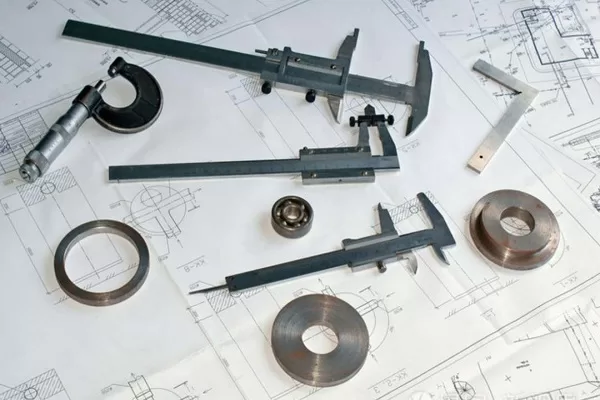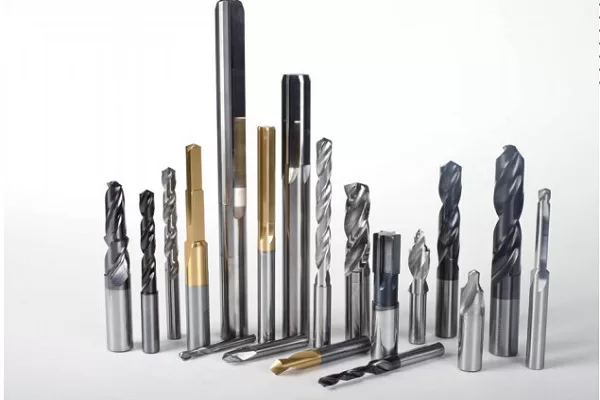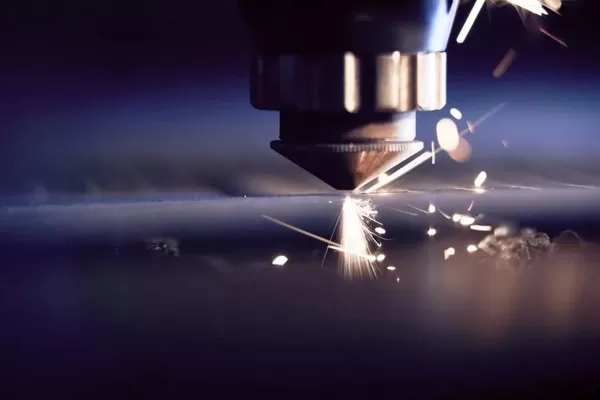
The Future of Automation in Press Brake Technology
- By:Metmac
- 2024-06-05
- 87
The manufacturing industry is undergoing a rapid transformation, driven by the relentless march of technology. Automation is at the forefront of this transformation, with businesses increasingly looking to automate tasks to improve efficiency, productivity, and quality. The press brake, a vital tool in the fabrication process, is no exception to this trend. With the rise of intelligent automation, press brake technology is poised to become smarter, more efficient, and more accessible.
Advancements in Sensors and Feedback Control
Modern press brakes are equipped with a multitude of sensors that monitor various aspects of the bending process. These sensors provide real-time feedback on factors such as the bending angle, force, and position of the workpiece. This information is used by sophisticated control systems to adjust the machine’s parameters in real-time, ensuring accuracy and consistency throughout the bending process.
Integration with Robotics and Automated Material Handling
Autonomous robotics and automated material handling systems are increasingly being integrated with press brakes. Robots can handle the loading and unloading of workpieces, while automated material handling systems can transport workpieces between different machines. This integration greatly reduces the need for manual labor and increases throughput.
Artificial Intelligence and Machine Learning
Artificial intelligence (AI) and machine learning algorithms are finding their way into press brake technology. AI-powered systems can analyze large amounts of data to identify patterns and make predictions. This allows the machine to optimize its own performance based on past experience, resulting in improved accuracy and reduced scrap.
Cloud Connectivity and Remote Monitoring
Cloud connectivity is becoming increasingly common in press brake technology. Cloud-connected machines can be remotely monitored and controlled, allowing manufacturers to track production in real-time and troubleshoot issues remotely. This reduces downtime and provides valuable insights into machine performance.
User-Friendly Interfaces and Advanced Visualization
User-friendly interfaces and advanced visualization tools are making press brakes more accessible and easier to operate. Graphical user interfaces (GUIs) and touch screen controls simplify the programming and operation of the machine. 3D visualization and augmented reality (AR) technologies allow operators to preview the bending process, reducing the risk of errors.
Conclusion
The future of automation in press brake technology is bright. Advancements in sensors, feedback control, robotics, AI, cloud connectivity, and user-friendly interfaces are transforming the way manufacturers bend metal. By embracing automation, manufacturers can unlock new levels of efficiency, productivity, and quality, positioning themselves for success in the ever-evolving landscape of the manufacturing industry.
-
The Advantages of Using a Sheet Roll Forming Machine in Manufacturing
2024/09/14 -
How to Optimize Your Laser Sheet Cutting Machine for Maximum Performance
2024/09/12 -
How to Maximize Efficiency with Modern Sheet Metal Working Machines
2024/09/04 -
The Environmental Benefits of Using Duct Board Grooving Machines
2024/09/03
-
A Guide to the Latest Innovations in Sheet Metal Folding Machines
2024/11/29 -
Key Features to Consider When Investing in a Sheet Metal Folding Machine
2024/11/28 -
Enhancing Precision with Advanced Sheet Metal Folding Machines
2024/11/27 -
How to Choose the Right Sheet Metal Folding Machine for Your Workshop
2024/11/26



